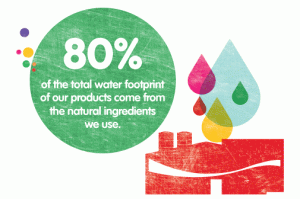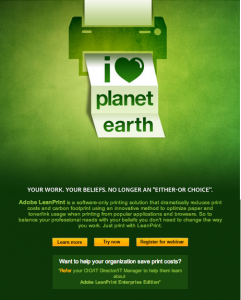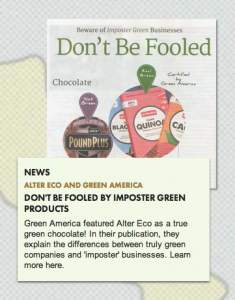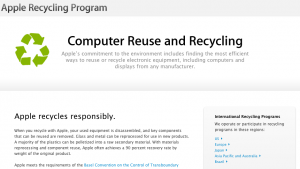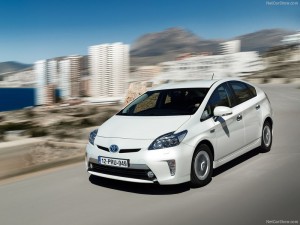The 2014 BMW i3 is an all-new, all-electric vehicle that is the first product of the new BMW I sub-brand, and a truly purpose built electric car, representing a new era for electro mobility at BMW with complete sustainability and nearly 100 percent recyclability.
I’m not a person who knows a lot about cars, but when I found out that a car could be close to 100% recyclable, I thought that was definitely pretty neat! What’s interesting about the marketing for the BMW i3 is that the official website gives away very little about it sustainable attributes, which at first makes me wonder about how sustainable the car really is. I was only able to find out more about it through external blogs, and other media contributing to the buzz.
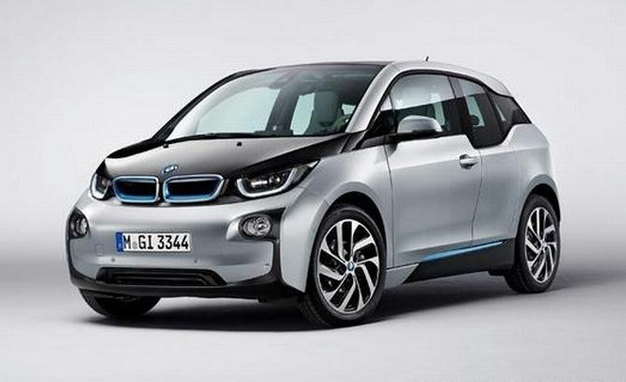 With the project, BMW was looking to redefine how it operated and did business, designing the car with recyclability in mind. Here’s what I found out:
With the project, BMW was looking to redefine how it operated and did business, designing the car with recyclability in mind. Here’s what I found out:
- All carbon fibre used in the car is sourced from a factory that runs on hydropower
- Production is water efficient as well as energy efficient, with 70% of energy coming form wind turbines
- Recycling is also reportedly done during the production process
- Fabric used in the car is made from recycled plastic water bottles
- Dye used in the fabric is made from recycled oil leaf extract
- Black surrounds are made from Kenaf plant
- All wood used is from Eucalyptus trees
What’s more, also available for purchase are charging stations and even solar panels to complete what BMW calls the “360 degree Electric Experience.”
In the end, BMW has designed the i3 to be 95% recyclable, with some parts able to be melted down for re-use or to be re-purposed. “Second life applications” are also in place, for instance, once the car has reached it’s expiry date, the battery can be used for second life applications, as is already done at the BMW’s Technology Office – it uses a 100 kilowatt lithium ion system to interact with the power grid (Source).
 The biggest question of course is whether this car, which is scheduled to be released in the second quarter of 2014, will sell. And as I said before, I don’t know too much about cars, so I wouldn’t be able to say what the strongest appeal of the car is (maybe one of you can tell me!) But as one of the prominent car brands in the world today, I think the company is definitely helping to change the way that cars are not only being designed but also produced. On further research, I found that Toyota and Ford have each produced 100% recyclable cars as well, so the trend is definitely not new, but it could use more attention – and for a brand that sets its sights “on the premium sector of the international automobile market,” I’m thinking BMW probably has the clout to compel other premium sector focused car companies to develop their own sustainable and recyclable cars as well.
The biggest question of course is whether this car, which is scheduled to be released in the second quarter of 2014, will sell. And as I said before, I don’t know too much about cars, so I wouldn’t be able to say what the strongest appeal of the car is (maybe one of you can tell me!) But as one of the prominent car brands in the world today, I think the company is definitely helping to change the way that cars are not only being designed but also produced. On further research, I found that Toyota and Ford have each produced 100% recyclable cars as well, so the trend is definitely not new, but it could use more attention – and for a brand that sets its sights “on the premium sector of the international automobile market,” I’m thinking BMW probably has the clout to compel other premium sector focused car companies to develop their own sustainable and recyclable cars as well.
In general, what are your thoughts on sustainable/recyclable cars and the BMW i3?






